
Review on 🔔 CYBERNOVA Upgraded WiFi USB Siren Alarm with Temperature & Humidity Sensor: Alexa and Google Home Compatible by Alexander Craner

Alarm/Sensor ESP8266 based on Tuya
This is a Tuya device based on ESP8266EX. I have dismantled and reworked many fixtures but this is my first alarm/sensor. It can be powered by USB and/or two CR123A batteries. My battery cover is sticky. Insert a screwdriver into the screw hanger hole and press. To loosen it, just turn it 1/16 of a turn and then gently lift it up. It is equipped with a 2W speaker to play 17 different alarm tones. It doesn't look like you can upload custom sounds to it. This is a decent choice for alert tones in most environments. This speaker is loud enough to be heard in most living spaces. It may not be loud enough in an industrial/commercial environment. It has a set of 6 blue LEDs for visual cues. This device can be converted with Tuya Convert and flashed with Tasmota or ESPHome. Since the chip is readily available, you can also flash it over a serial connection. There is a page with more information about this device and how to use it with Tasmota. Do a google search for "patrickdk77 Tuya Siren Notes" and follow the first github link. Internally it is controlled by ESP8266EX. A ribbon cable leads to the front where the sensor sits just below the hole in the center of the face. If, like me, you decide to void the warranty, all you have to do is remove the 3 screws accessible from the back. Do not try to pull out the circuit board. The battery poles are soldered directly onto the circuit board. I couldn't get it without destroying those lines. I'll fix that later. Access to the front panel is not required, only the ribbon cable is visible. I didn't want to try to remove the sensor to inspect it as that would likely destroy it. The LEDs are located on the front of the motherboard. I am happy with the design. Especially where you can easily get to the motherboard. I'm not crazy about hidden sensors, but I understand they did it to keep the temp sensor away from other electronics. This device will be very good in a suitable environment. In particular, this will likely monitor indoor temperature and humidity, and act as an audible alarm if a motion sensor on the front door is triggered. It's probably much more useful in a more robust home automation setup where you can take advantage of this and hook it up to other events via MQTT or similar. I'll probably get more once I'm done tweaking on this one.
- Alright!
- Expensive
New products
Comments (0)
Top products in 🚨 Horns & Sirens
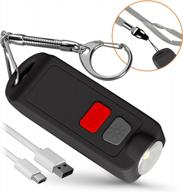
WETEN USB Rechargeable Self Defense Keychain Alarm For Women - Waterproof 130 DB Security Panic Button Siren Whistle With LED Light - Safety Sound Alert Device Key Chain In Black

14 Review

Self Defense Personal Alarm Keychain For Women – USB Rechargeable Waterproof 130 DB Security Panic Button Siren Whistle With LED Light – Safety Sound Alert Device Key Chain By WETEN (Blue)

20 Review
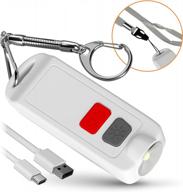
USB Rechargeable Waterproof 130 DB Security Panic Button Siren Whistle With LED Light Self Defense Personal Alarm Keychain For Women Safety Sound Alert Device Key Chain By WETEN (White)

16 Review

🔊 Vantamo Personal Alarm for Women: Extra Loud Double Speakers with Strobe Light & Low Battery Notice - Rechargeable Safety Alarm Keychain in Deep Lavender

17 Review
Another interesting products
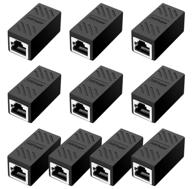
Enhance Your Network Connection With Dingsun RJ45 Coupler - Compatible With Cat5, Cat5E, Cat6, And Cat7 Ethernet Cables (Black 10 Pcs)

35 Review
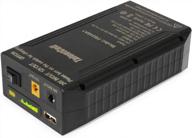
🔋 TalentCell PB240A1 | 24V Lithium Ion Battery with 22400mAh Capacity | Rechargeable Power Pack for LED Light Strip, CCTV Camera, Smartphone & More

26 Review
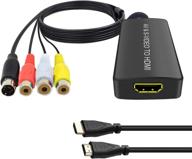
Dingsun SVideo To HDMI Converter: 3RCA AV Support 1080P/720P Compatible With WII U, PS2/PS3, STB, Xbox & More!

43 Review
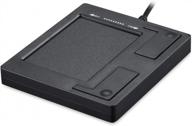
Effortlessly Navigate Your Laptop Or Desktop With The Perixx PERIPAD-501 Wired USB Touchpad

27 Review

